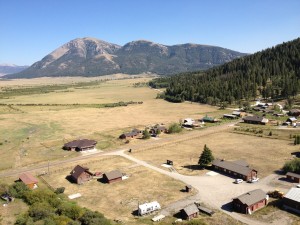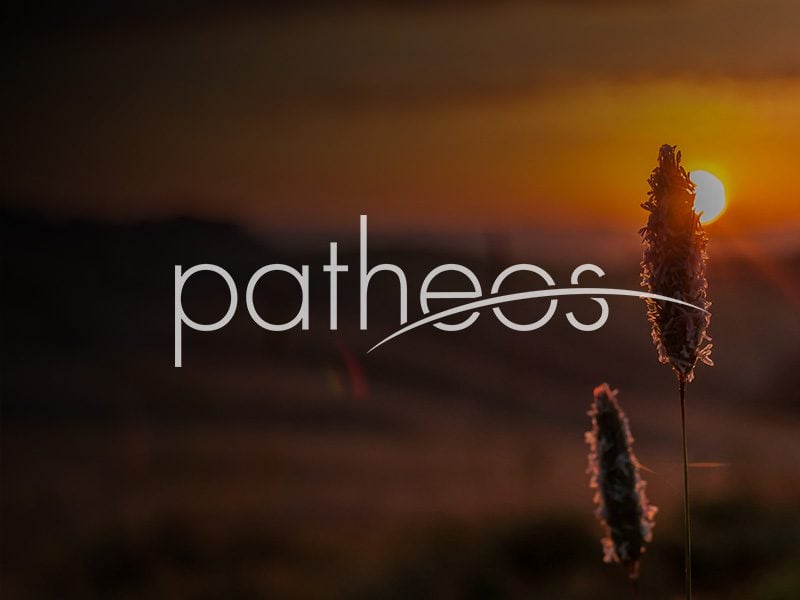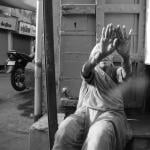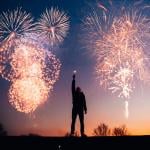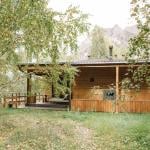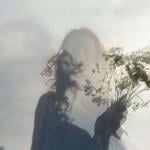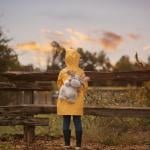Last updated on: August 19, 2012 at 10:51 pm
By
georgehandley
When I was writing
Home Waters, I had to deal with dueling impulses. On the one hand, I felt surges of desire to write that were, at times, almost overwhelming, and it seemed that the only way to deal with them was to get out of the way as much as possible, to trust instinct, and to let myself believe, even if only for a moment, that I was up to the task of giving adequate expression to the totality of what I felt. This is the power of self-confidence, a feeling of plenitude that needs to offer no apologies for itself. One cannot write without at least fleeting moments of this kind of excited self-belief and the feeling of true self-sufficiency. It is the engine of faith and the muse of inspiration. In this state, writing becomes an experience of a kind of radical freedom. It is, to borrow a phrase from Derek Walcott, to jump into art with the “linear elation of an eel.” It is the old-time fiat, “Let There Be!!”
The other impulse, which perhaps should never come first if we expect to write at all, is a profound self-distrust, a suspicion that what one writes is paltry, shabby, or trivial. It is a keen awareness that there is nothing like preening self-confidence that presumes too much to ruin a perfectly good sentence or an otherwise good book. If self-confidence is the engine, self-doubt is the mechanic; it is the perpetual impulse to pull over, because one knows that one cannot rely alone on a driving impulse to be a true writer. This is to understand that all writing is revision, that no sentence is ever truly begun from scratch, that we are not Adam but Noah, starting over, again. Writing is careful self-examination, a way of learning to see oneself from the outside. Again to borrow from Walcott, it is a kind of “sideways crawling,” to feel “crabbed by that style/ this epoch” always thinking of ourselves in comparison to the past, to others. It is a way of inhabiting thought as a perpetual dialogue.
Actors, athletes, and musicians know this dichotomy well. There are the hours of practice, memorization as methodology, the drills, the pretense of authenticity practiced so often and for so long, until finally, in that strange hour of alchemy, the body and the mind, the performer and the audience, the player and the team, become unified in a haunted dance and all pretense falls away. Walcott, in his Nobel Speech, said that “Poetry, which is perfection’s sweat but which must seem as fresh as the raindrops on a statue’s brow, combines the natural and the marmoreal; it conjugates both tenses simultaneously: the past and the present.” He could have said the same thing of Lionel Messi making a run at the goal or Meryl Streep embodying Margaret Thatcher. Art is the promise that we can achieve the fullness of selfhood at the very same moment when we bow most submissively to the grand authority of Tradition, curiously most ourselves in our most devoted imitations. Who keeps these traditions alive but the teachers? And who are better teachers than the artists themselves, those who embody principles as naturally as our arms embody our blood, sinews, and bones.
Seamus Heaney wrote a lovely poem, “Casting and Gathering” that captures the paradox of the artistic will. He hears two sounds, one the sound of the fishing line forcefully casting, “whispering through the air” with a swish, and the other the sound of “a sharp ratcheting” of the reel pulling the line back in.
He concludes:
One sound is saying, “You are not worth tuppence,
But neither is anybody. Watch it! Be severe.”
The other says, “Go with it! Give and swerve,
You are everything you feel beside the river.”
And he has learned that the secret of life is not to finally choose between these impulses and risk perpetually defeating oneself but to see them as necessary halves of the same unified existence. We are paradoxes: self-conscious animals who make art, creative beings who can imagine and act altruistically as well as act in utter indifference toward others, beings who have the privilege to uniquely experience a sense of our own nothingness. And our world is cause for the deepest joys and the most wrenching sorrows. Writing as an act of faith, a prayer for wholeness in the midst of brokenness, is atoning, or perhaps it is capacitated by a greater atonement already performed for us, a God who wept and died, a perfect man acquainted with sorrow. For it is blessed, as St. Paul once taught, to learn how “in whatsoever state I am, therewith to be content. I know both how to be abased, and I know how to abound: every where and in all things I am instructed both to be full and to be hungry, both to abound and to suffer need.” When we begin to think this is too tall an order on our own, he reminds us: “I can do all things through Christ which strengtheneth me (Philippians 4: 11-13). It might not be too much to say that this strength to withstand contradiction is the dream and hope of all literature, all art. It is certainly the art of the religious life.
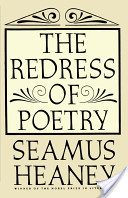 In honor of Seamus Heaney’s life so well lived, I revisited one of my favorite essays of his, “The Redress of Poetry.” What Heaney addresses in this essay is the age old question of the role of art in the polis and the role of imagining alternative worlds within the context of lived experience. To what extent does art offer a frivolous and perhaps meaningless alternative reality to the concerns that press hard upon us each day? When, on the other hand, does it offer an alternative world we can imagine as a real possibility and toward which we are thus enabled to strive? Another way of asking this question is: When is poetry political? When should it be? An even deeper question is: Is the highest moral commitment a political one? Or is it some other kind of commitment that would displace political concerns as less significant? (more…)
In honor of Seamus Heaney’s life so well lived, I revisited one of my favorite essays of his, “The Redress of Poetry.” What Heaney addresses in this essay is the age old question of the role of art in the polis and the role of imagining alternative worlds within the context of lived experience. To what extent does art offer a frivolous and perhaps meaningless alternative reality to the concerns that press hard upon us each day? When, on the other hand, does it offer an alternative world we can imagine as a real possibility and toward which we are thus enabled to strive? Another way of asking this question is: When is poetry political? When should it be? An even deeper question is: Is the highest moral commitment a political one? Or is it some other kind of commitment that would displace political concerns as less significant? (more…)
